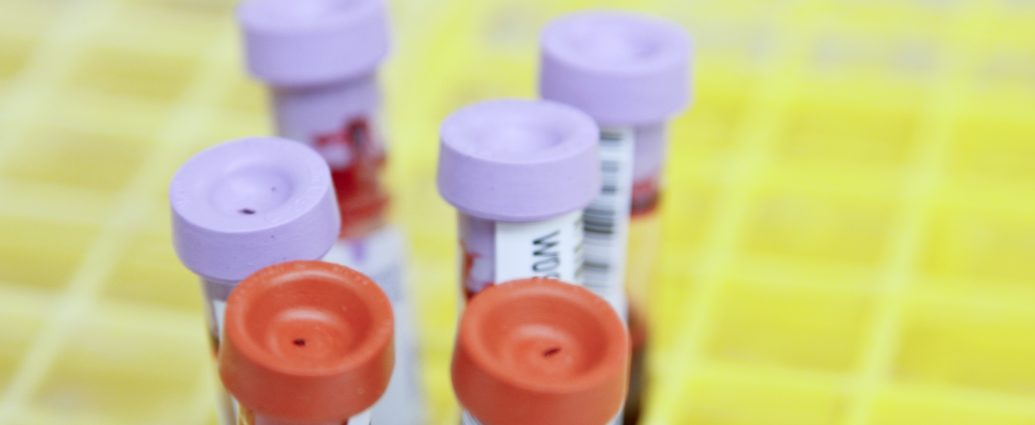To put it simply, donating blood saves lives and if you can donate, you should. Today, 1.6 million units of blood are provided in the UK thanks to 900,000 donors.
The History of Blood Donation
The history of blood donation spans across more than a century. In 1818, the first person in the world received a blood transfusion. In August 1936, Spanish doctor Federic Durán-Jordà set up the world’s first transfusion service in Barcelona. Blood banks were established in the USA and the UK in 1937. The National Blood Transfusion Service was established in 1946 by the Ministry of Health and was made up of regional blood centres. In 1996, the National Blood Service become a coordinated, national body and in 2005, the National Blood Service merged with UK Transplant to form NHS Blood and Transplant.
Why You Should Give Blood (If You Can)
Giving blood provides a lifeline; not only to those in an emergency but to those requiring long-term treatments. Medical conditions such as anaemia and blood cancer can be treated with donated blood. Donated blood is also used during surgery and childbirth – it is a necessity. One very important reason to donate blood, if you are able to, is to provide an opportunity to improve the quality of life for those with an incurable illness.
The UK needs 400 new blood donors a day in order to meet demands. This averages out to around 135,000 new donors a year. There is also a need for more black blood donors and donors with priority blood types such as O negative. Men can donate blood every three months, while women can only donate every four months due to the blood we lose through our periods. The different components of blood – red blood cells, platelets, and plasma – are separated into individual parts which maximises the potential of each donation.
Why There is a Need for Young Donors
I contacted the Welsh Blood Service to find out why we need more young donors. They need 350 donations a day to service the 20 hospitals they provide blood products to.
A spokesperson for the Welsh Blood service informed me, that they “absolutely” need young donors. They are focused on recruiting new donors between the ages of 17 to 30. Before the pandemic, they had established a collaboration with 12 sixth forms across Wales, running designated donation clinics for students and teachers as an alternative way of encouraging young donors. Young people between 17 and 30 can also join the Welsh Bone Marrow Donor Registry which saves people’s lives from all over the world. However, if you don’t want to donate, spread the word. Share messages on social media and encourage your friends and family to donate.
In an infographic posted on their Instagram for International Women’s Day, they emphasised the importance of female donors. Between March 2020 and March 2021, 54% of new donors were women and 6 in 10 donors were female. 64.6% of new bone marrow sign ups were women and 32 women joined the apheresis panel. 25-34 was the most popular age range for female donors.
#Blood4Enzo
As I mentioned, blood donation provides the opportunity to improve the quality of life, for people with an incurable illness. I first heard about #Blood4Enzo on Jessie Ware’s podcast Table Manners. With permission from Enzo’s mother, Rosie Saunt, I wanted to discuss their son’s story.
#Blood4Enzo is a campaign in memory of their son, Enzo, who died from leukemia in April 2020. He was two years old. Rosie and her husband Ant wanted to encourage as many people as possible to book a blood donation by 30 November 2020 which would have been Enzo’s third birthday. During his treatment, Enzo had over 60 transfusions. As Saunt explains on his Instagram post, without transfusions, Enzo would have only lived for a few weeks after he was diagnosed. Blood donations enabled Ant and Rosie to see Enzo walk and talk for the first time. Your blood donations are so important and can really make a difference for people’s lives. If you can, donate!
By December 2020, their campaign had inspired over 1,000 people to donate blood and raised £160,000 in his name.
My Experience
As soon as I was old enough to donate blood, I did. I was overwhelmed by how important it is and how necessary blood donation is; it truly can and does save lives. That doesn’t mean I wasn’t nervous – of course I was! I had never been very good with needles. So I kept reminding myself that people need blood donations, and that outweighed my fear. And it was nowhere near as bad as I thought it would be.
It is a relatively quick procedure and while it is not a particularly pleasant one, it is not in any way painful or something to be frightened of. In my experience, when you first arrive at the donation centre, you have to fill out a form to make sure you are eligible to donate and drink a pint of water. They then check your iron levels with a finger prick test and there may be a short wait before you are called over to donate.
You lie down on a chair and a nurse finds your vein and then inserts the needle. You lie there for approximately 10 minutes until you have donated 470ml of blood (one pint). They get you up slowly and encourage you to have a drink and a biscuit before you are able to get on with the rest of your day, except for any strenuous exercise or heavy lifting with the arm you used to donate.
So, please – if you are able to donate blood, do!
Maggie John
Featured image courtesy of National Cancer Institute on Unsplash. This image has in no way been altered. Image license is available here.

